In a climate-conscious era, materials are more than mere building blocks – they are catalysts for change. Around the world, women visionaries are leading a quiet revolution in material innovation, redefining how we design, produce, and relate to matter itself. These pioneers work at the intersection of science, craft, technology, and sustainability, proposing radical alternatives to extractive systems. From laboratories and ateliers to construction sites and rural communities, they are leveraging everything from fungi and algae to bamboo and recycled waste, proving that materials can be grown, regenerated, or reimagined to heal our planet. This is not a token list, but a necessary reframing: as the world faces unprecedented ecological pressures, women’s diverse perspectives and holistic approaches are shaping a new ethics and aesthetic of making – one grounded in circularity, local context, and respect for living systems.
The following 40 profiles celebrate these material changemakers. Each entry highlights who they are, what they’re transforming, and why it matters. Individually, they’ve invented sustainable textiles, revolutionary building components, and bio-based alternatives that challenge business-as-usual. Collectively, they are raising global material literacy and empowering communities, from the Global South to the high-tech West. They remind us that the future of design is not about flashy trends, but about materials imbued with purpose and place. In their hands, matter becomes message – and a means to build more symbiotic futures for all.
1. Rachel Armstrong – Professor of Regenerative Architecture, KU Leuven (Belgium)
A pioneer of "living architecture," Armstrong investigates how buildings could one day behave like ecosystems—metabolising resources, self-repairing, or even sequestering carbon. Her early work explored protocells—chemical systems that mimic aspects of life—and their potential in creating adaptive, biological structures. Formerly the coordinator of the EU-funded Living Architecture (LIAR) project (2016–2019), Armstrong now continues her research at KU Leuven, rethinking how cities could be designed as living, responsive systems.
Key Area of Work: Living architecture, synthetic biology in design
Signature Output or Role: Coordinator of the EU-funded LIAR programme (2016–2019)
What Tocco loves: She’s building with biology, crafting walls that can ‘breathe’ and cities that can come alive.
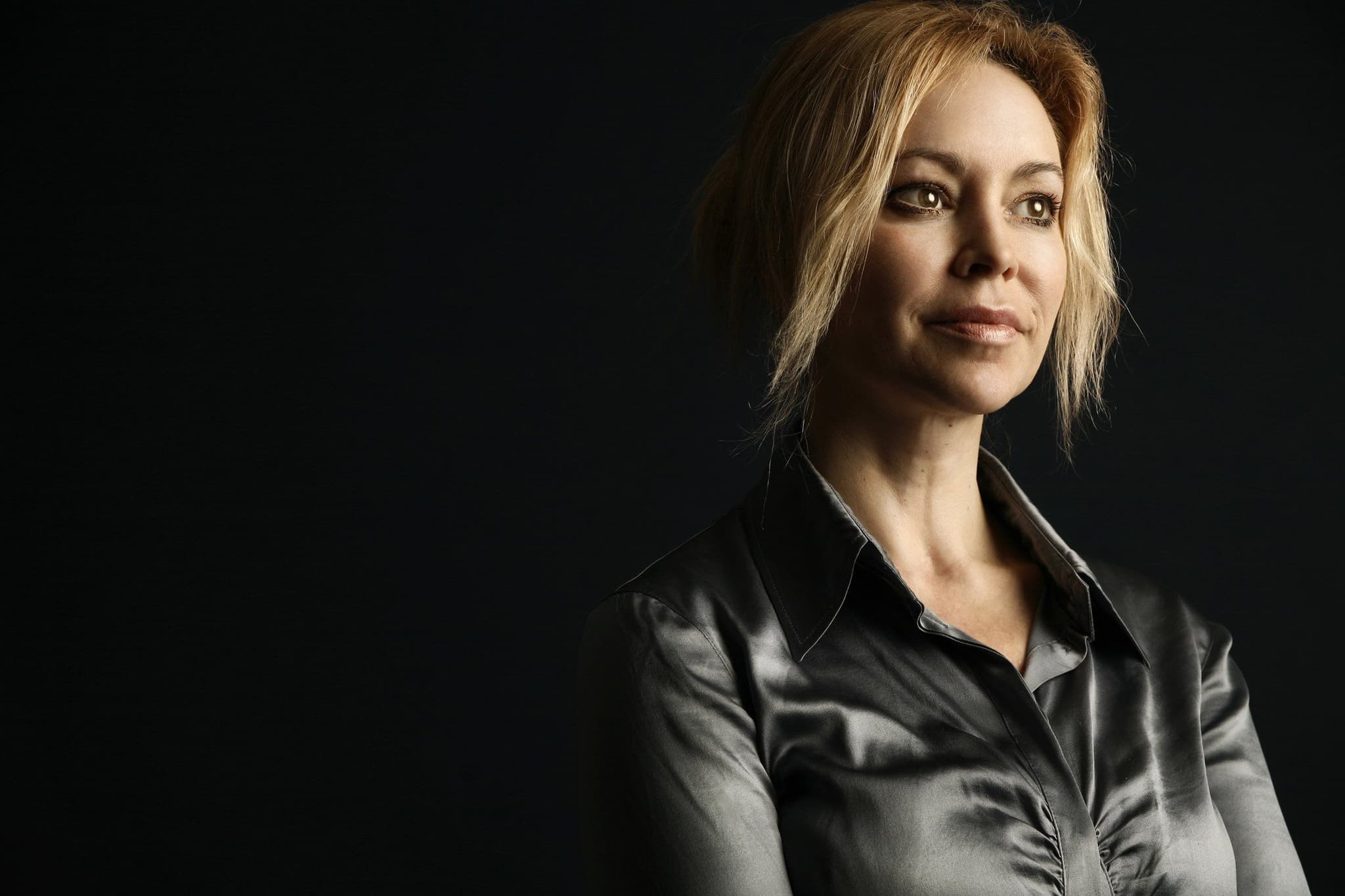
2. Mariama Djambony Badji – Co-founder & CEO, DNA SARL (Senegal)
Badji leads a Senegal-based architecture firm specialising in climate-resilient design using local, natural materials. Her work blends traditional West African building methods—like adobe and rammed earth—with contemporary bioclimatic principles to create schools and homes that respond to local climates. Through these designs, she addresses urgent housing needs in the Sahel while promoting low-carbon, locally rooted alternatives to conventional construction.
Key Area of Work: Earth-based construction, bioclimatic architecture.
Signature Output or Role: Climate-resilient schools and homes built from earth and bamboo
What Tocco loves: She lays foundations with earth and dignity—proving that the path to resilient cities is paved with local soil.

3. Janine Benyus – Co-founder, Biomimicry Institute (USA)
A biologist and author, Benyus introduced the world to biomimicry through her groundbreaking 1997 book, advocating for design inspired by nature’s 3.8 billion years of evolutionary intelligence. From spider silk to self-healing systems, she popularised how nature’s models can inform regenerative and resource-efficient materials. As co-founder of both the Biomimicry Institute and Biomimicry 3.8, she has mentored a global generation of designers, educators, and scientists working to apply ecological wisdom to real-world challenges.
Key Area of Work: Biomimetic materials and design philosophy
Signature Output or Role: Co-founder of Biomimicry 3.8 and guiding force behind AskNature
What Tocco loves: She is the biologist at the design table, translating nature’s genius—spider silks, seashells and all—into blueprints for better materials.

4. Elissa Brunato – Material Designer, Radiant Matter (UK)
Brunato developed Bio Iridescent Sequin, a shimmering embellishment made from wood cellulose as a sustainable alternative to plastic sequins. Harnessing the structural colour properties of cellulose—found in beetle wings and butterfly scales—she created a compostable, non-toxic material that refracts light without dyes or metals. Through Radiant Matter, she brings this innovation to fashion, showing that high-impact aesthetics can be rooted in low-impact materials.
Key Area of Work: Bio-based textiles, circular fashion materials
Signature Output or Role: Inventor of Bio Iridescent Sequin and founder of Radiant Matter
What Tocco loves: She coaxes rainbows from wood—proving that glamour and sustainability can dance under the same light.

5. Natsai Audrey Chieza – Founder & CEO, Faber Futures (UK/Zimbabwe)
Chieza is a biodesigner using living microbes to revolutionise textile dyeing. Working with pigment-producing bacteria, she developed a process that dramatically reduces water, energy, and chemical use. At Faber Futures, her studio and lab, she collaborates with scientists and brands to industrialise bio-dyeing and develop a regenerative biotech framework for the fashion industry. Her vision blends design, biology, and ethics into one living system.
Key Area of Work: Biopigments, sustainable textile innovation
Signature Output or Role: Coelicolor bacteria dyeing project and first microbially dyed garments
What Tocco loves: She grows colour from bacteria, letting microbes—not chemicals—do the dyeing; her palette is alive.
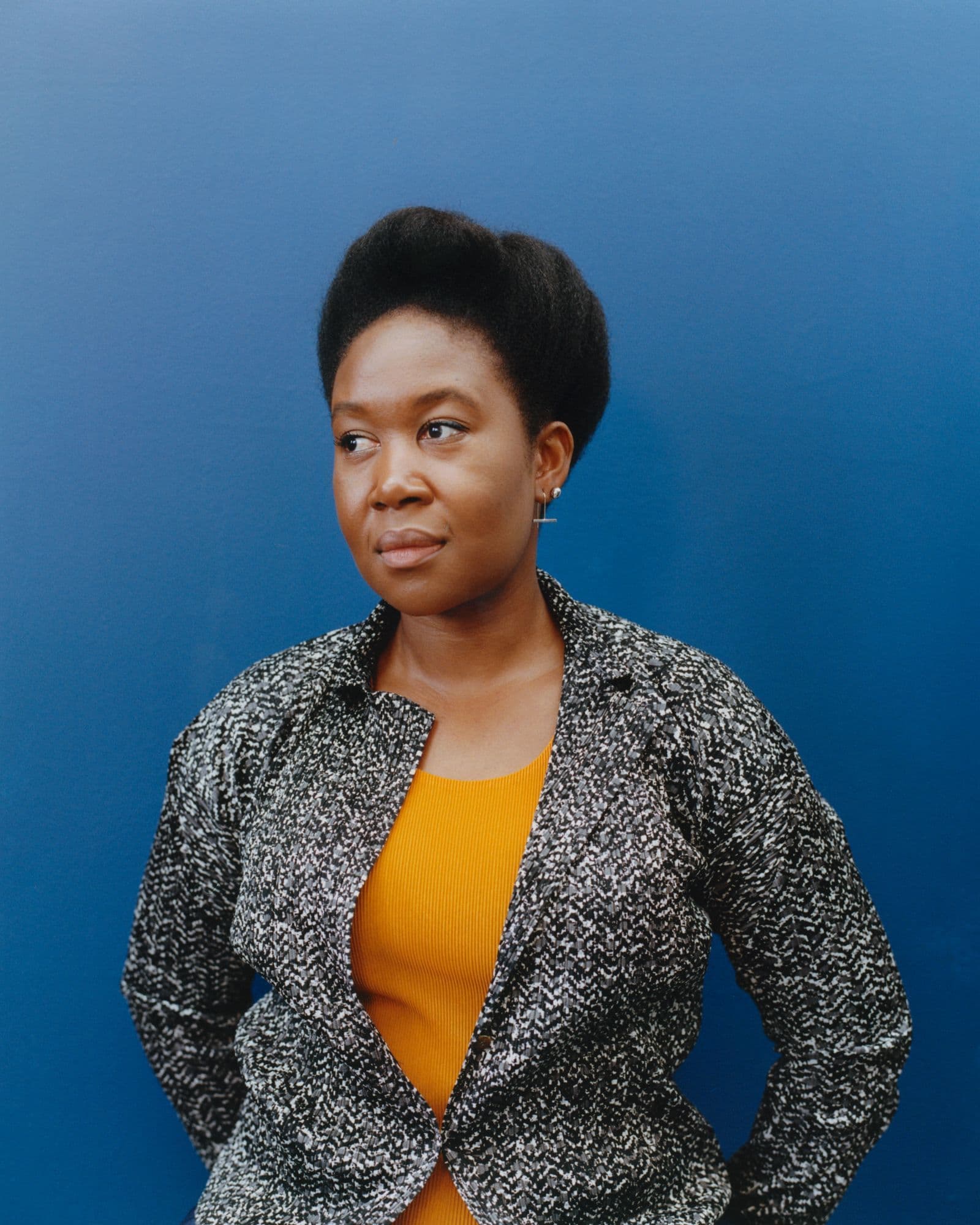
6. Bernice Dapaah – Founder & CEO, Ghana Bamboo Bikes Initiative (Ghana)
Dapaah is a social entrepreneur transforming bamboo into a sustainable mobility solution. Her initiative trains communities to build bicycle frames from locally grown bamboo—reducing reliance on imported steel while creating green jobs. By harnessing bamboo’s strength and fast renewability, she crafts elegant, durable bikes that promote both climate resilience and economic empowerment.
Key Area of Work: Bamboo-based products, green mobility
Signature Output or Role: Ghana Bamboo Bike frames made from native bamboo
What Tocco loves: She sees forests on two wheels—each bamboo bike a ride toward cleaner air and greener economies.
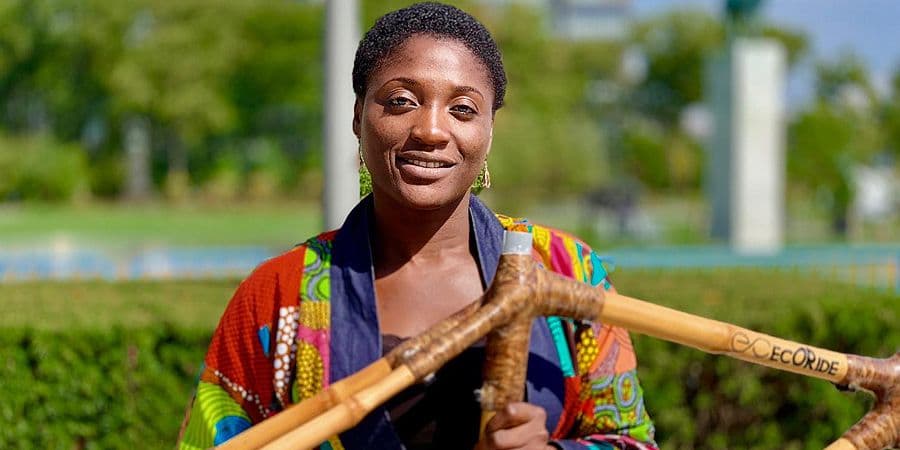
7. Allison Dring – Co-founder & CEO, Made of Air (Germany/USA)
Dring leads Made of Air, a carbon-negative materials company transforming waste biomass into biochar-based thermoplastics. These materials not only replace fossil-derived plastics but actively sequester atmospheric carbon when used in products like façade panels and car interiors. Her mission is to reverse climate change through architecture and product design—where every square metre locks away carbon for good.
Key Area of Work: Carbon-negative materials, biochar-based polymers
Signature Output or Role: Made of Air thermoplastic, used in Audi car parts and building cladding
What Tocco loves: She crafts plastics out of thin air—turning waste and CO₂ into the raw material of our future.
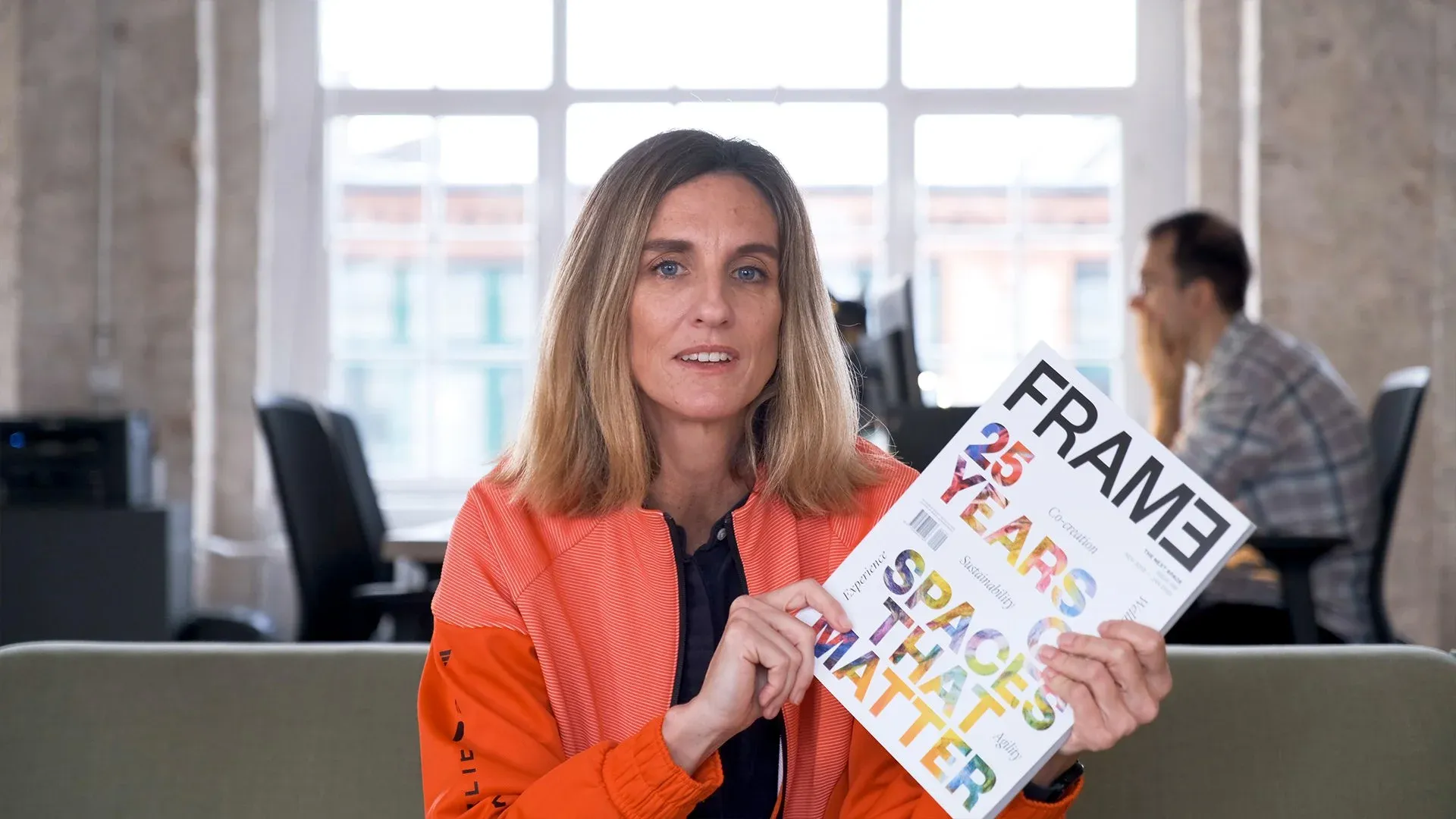
8. Stacy Flynn – Co-founder & CEO, Evrnu (USA)
Flynn is pioneering the future of fibre by transforming discarded clothing into premium regenerated textiles. Her technology depolymerises post-consumer cotton and extrudes it into NuCycl—a fibre stronger than virgin cotton and recyclable multiple times. By unlocking circularity at the molecular level, she’s giving fashion a second chance—without replanting a single field.
Key Area of Work: Circular textiles, fibre recycling innovation
Signature Output or Role: NuCycl fibre, used in prototype collections by Levi’s and Adidas
What Tocco loves: She’s a textile alchemist—spinning yesterday’s rags into tomorrow’s couture.
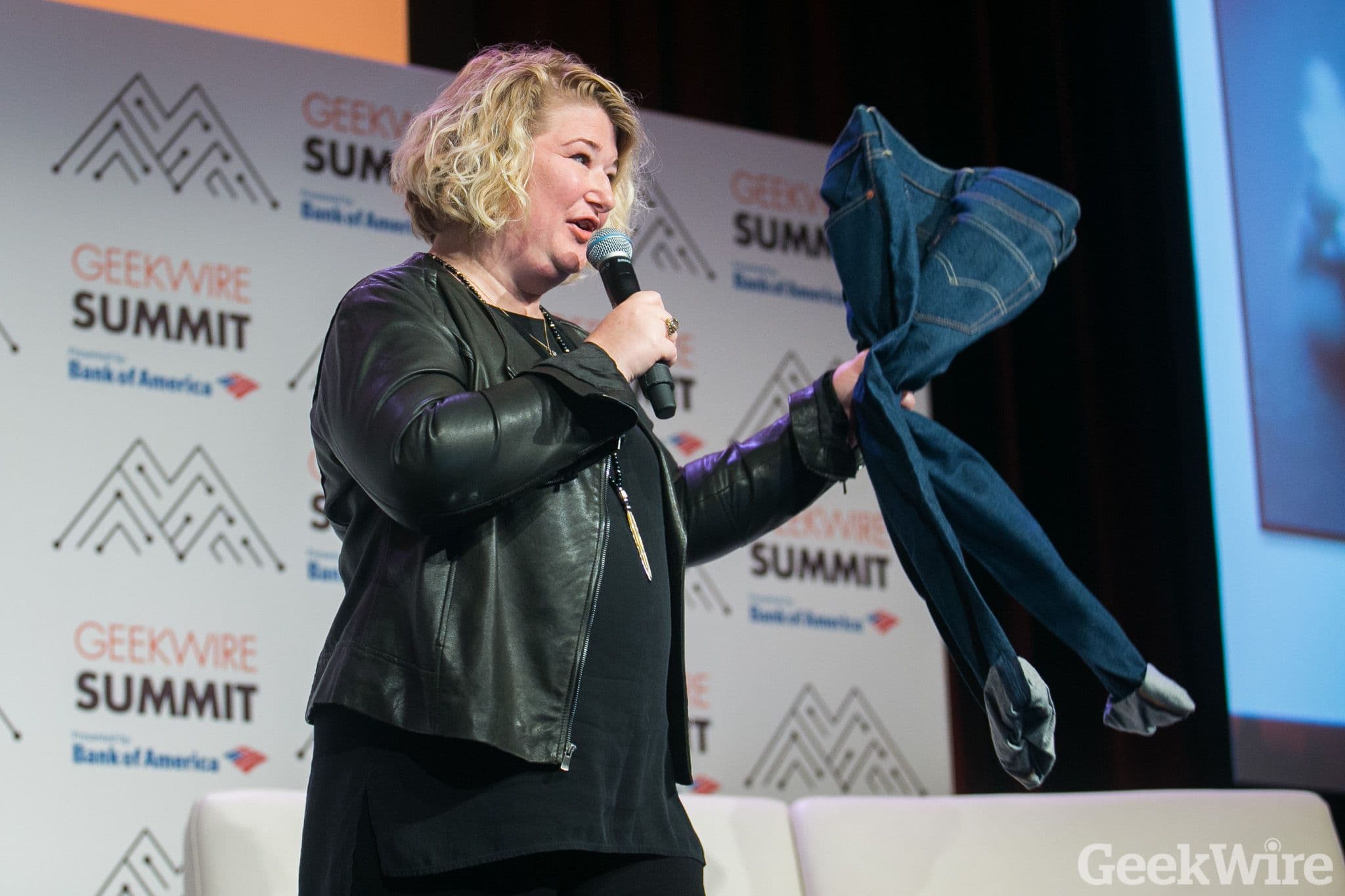
9. Zuzana Gombošová – Co-founder & Director, Malai Biomaterials (Slovakia/India)
Gombošová co-developed Malai, a leather-like biomaterial grown from bacterial cellulose fed on discarded coconut water in southern India. Treated with natural oils and resins, the material is biodegradable and designed as a low-impact alternative to animal and petroleum-based leather. By upcycling agricultural waste and embracing community-rooted production, she’s weaving circular design into both materials and livelihoods.
Key Area of Work: Bacterial cellulose, vegan leather alternatives
Signature Output or Role: Malai biocomposite made from coconut water fermentation
What Tocco loves: She brews leather in a coconut vat—where microbes munch farm waste into materials as resilient as the communities who make them.
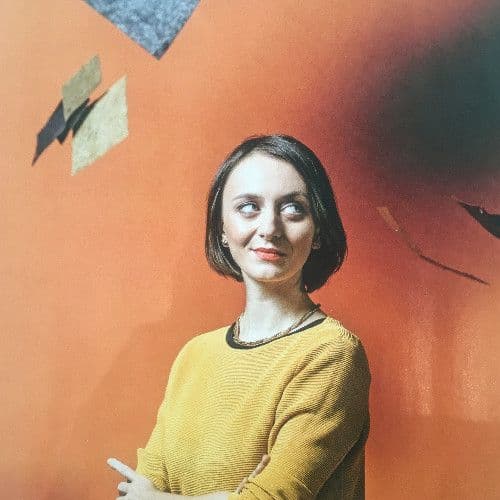
10. Anna Heringer – Architect & Director, Studio Anna Heringer (Germany)
Heringer is an award-winning architect whose buildings are hand-shaped from mud, bamboo, and the wisdom of local communities. From schools in rural Bangladesh to art installations across Europe, her work proves that low-tech architecture can be both elegant and empowering. By elevating vernacular techniques, she creates structures that respond to their environment—and empower the people who build them.
Key Area of Work: Earthen architecture, socially sustainable design
Signature Output or Role: METI Handmade School and Anandaloy Centre, built with mud and bamboo
What Tocco loves: She molds mud into masterpieces—proving that the humblest materials can hold an entire community’s hopes.
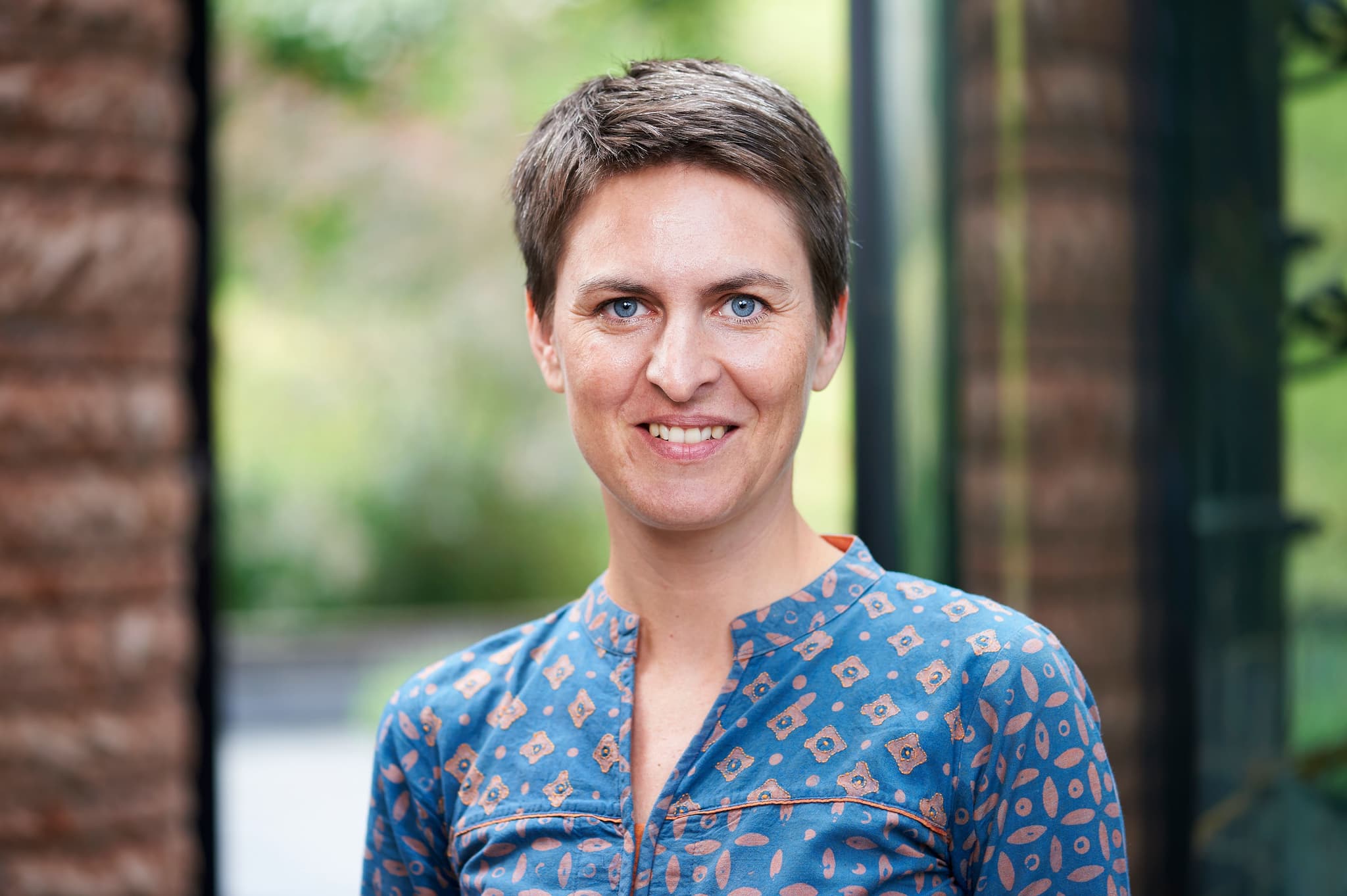
11. Carmen Hijosa – Founder & Chief Creative Officer, Ananas Anam (Spain)
Hijosa is the inventor of Piñatex, a plant-based leather alternative made from the fibre of discarded pineapple leaves. Designed to reduce the environmental impact of leather and synthetic alternatives, Piñatex upcycles agricultural waste into a textile used by brands like H&M and Hugo Boss. While not entirely plastic-free—it incorporates bioplastics like PLA—it offers a lower-impact material pathway rooted in tropical farming systems and ethical design.
Key Area of Work: Natural fibre composites, vegan leather
Signature Output or Role: Piñatex material, used by H&M and Hugo Boss; prototyped in automotive design
What Tocco loves: She turned tropical waste into luxe leather—letting pineapple leaves do what cows and chemicals used to.
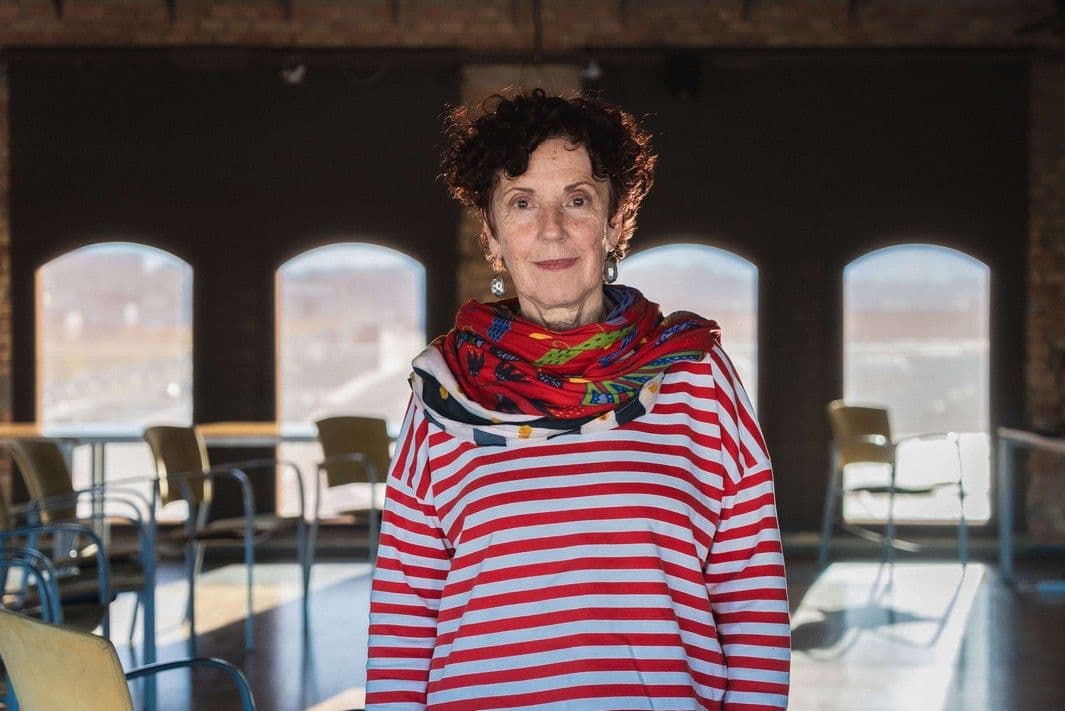
12. Nienke Hoogvliet – Designer & Founder, Studio Nienke Hoogvliet (Netherlands)
Hoogvliet explores the untapped potential of seaweed and aquatic biomaterials in design. Her “Sea Me” series began with seaweed-dyed textiles spun from algae yarn, and later expanded into furniture upholstered with fish leather made from salmon skin. Across her work, she reimagines marine waste and resources as renewable, expressive materials—inviting us to look to the ocean not just for inspiration, but for solutions.
Key Area of Work: Seaweed-based materials, sustainable dyes
Signature Output or Role: ““Sea Me” series using algae yarn and fish leather across textile and furniture design
What Tocco loves: She works like an ocean forager—spinning seaweed into textiles and showing that the future of fibre might lie beneath the waves.

13. Jennifer Holmgren – CEO, LanzaTech (USA/Colombia)
Holmgren is reimagining carbon emissions as raw material. At LanzaTech, she leads the transformation of industrial waste gases into fuels and performance materials via microbial fermentation. Her breakthrough: using industrial carbon waste to produce ethanol and polymers, replacing fossil fuels and closing the carbon loop.
Key Area of Work: Carbon recycling, industrial biotechnology
Signature Output or Role: LanzaTech’s gas-to-ethanol platform, used in fuels, cosmetics, and textiles
What Tocco loves: She’s an air alchemist—spinning smog into shampoo, emissions into apparel.

14. Insiya Jafferjee – Co-founder & CEO, Shellworks (UK)
Jafferjee leads Shellworks, a biomaterials startup turning shellfish waste into Vivomer—a petroleum-free bioplastic made from chitin. Using green chemistry, her team extracts this natural polymer to create packaging that biodegrades in home compost or marine environments, without leaving microplastic traces. With applications in cosmetics and retail, Vivomer offers a future where packaging performs well, looks beautiful, and returns to nature when its job is done.
Key Area of Work: Bioplastics from waste, circular packaging
Signature Output or Role: Vivomer™ – a chitin-based alternative to plastic for cosmetics and retail
What Tocco loves: She shell-crafts a new plastic—molding what the tide leaves behind into packaging the Earth can swallow back.

15. Hella Jongerius – Designer & Founder, Jongeriuslab (Netherlands)
Jongerius brings craft, colour, and ethics into industrial design. Through experimental projects in weaving, ceramics, and product systems, she critiques mass production and champions repair, tactility, and material honesty. From her “Woven Cosmos” installation to her Vitra collaborations and Chamotte ceramics, she invites industry to slow down and reconnect with the intelligence of making.
Key Area of Work: Sustainable product design, textile and ceramic innovation
Signature Output or Role: “Woven Cosmos” installation, Chamotte ceramics, Vitra collaborations
What Tocco loves: She weaves ethics into aesthetics—reminding big industry that the true innovation is a new respect for materials.

16. Anupama Kundoo – Architect & Educator (India)
Kundoo reimagines urban architecture using frugal, low-impact materials. Her buildings deploy handmade bricks, pottery shards, ferrocement, and terracotta tubes to minimise carbon and maximise local participation. Her practice is both a material laboratory and a community school.
Key Area of Work: Low-carbon construction, local craft integration
Signature Output or Role: Wall House and Volontariat Home in Pondicherry, Auroville experiments
What Tocco loves: She teaches concrete new tricks—elevating humble brick and clay into urban poetry.

17. Yasmeen Lari – Architect & Humanitarian, Heritage Foundation Pakistan (Pakistan)
Lari, Pakistan’s first female architect, now builds zero-carbon shelters from mud, bamboo, and lime—empowering marginalised communities to create their own climate-resilient homes. Her designs are beautiful, buildable, and rooted in vernacular wisdom.
Key Area of Work: Climate-adaptive architecture, disaster relief housing
Signature Output or Role: Zero carbon shelters and 45,000+ smokeless mud stoves
What Tocco loves: She is an architect of hope—swapping steel for soil and rebuilding dignity with every clay brick.
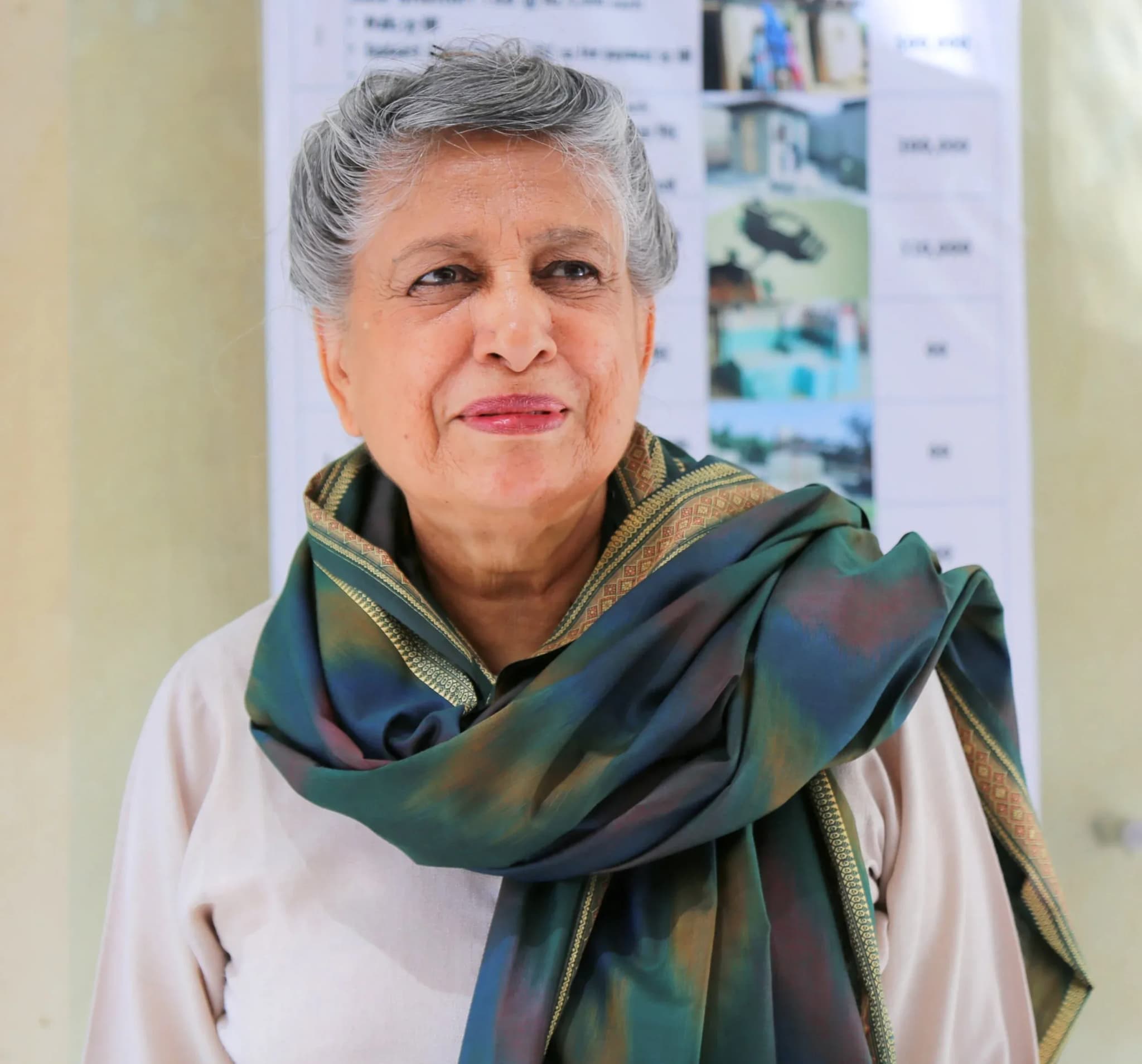
18. Adejoke Lasisi – Founder & Creative Director, Planet 3R (Nigeria)
Lasisi turns Nigeria’s plastic waste into woven textiles by integrating traditional loom techniques with upcycled sachets. Her creations—bags, shoes, and fabrics—are colourful proof that circular design can be deeply cultural, creative, and community-driven.
Key Area of Work: Plastic upcycling, sustainable textile craft.
Signature Output or Role: Aso-ofi fabric made from shredded plastic water sachets
What Tocco loves: She weaves waste into wonder—threading plastic pollution into pride and purpose.

19. Suzanne Lee – Founder & CEO, Biofabricate (UK)
Lee is a pioneer of biofabrication, using microbes to grow materials for fashion and design. Her early experiments with bacterial cellulose garments laid the groundwork for a global movement. Now through Biofabricate, she champions materials grown by cells—like mycelium leather and fermented dyes—connecting labs with brands.
Key Area of Work: Biotextiles, fashion material innovation
Signature Output or Role: Founder of Biofabricate and author of Fashioning the Future
What Tocco loves: She grows cultures into couture—brewing jackets in vats and turning microbes into makers.
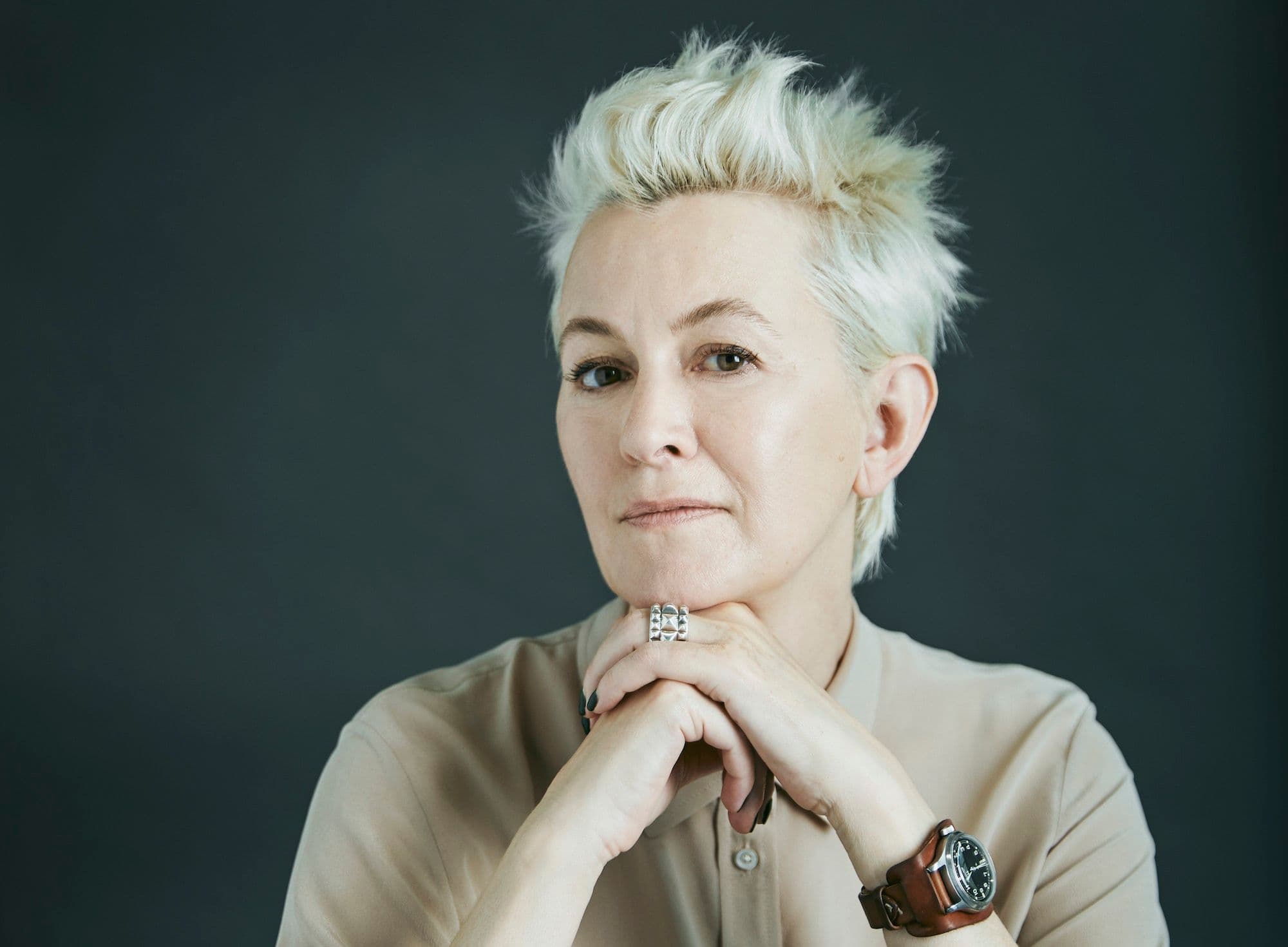
20. Mae-ling Lokko – Architectural Technologist & Curator (Ghana/USA)
Lokko transforms agro-waste into building components that are healthy, affordable, and biodegradable. By combining coconut husks and corn stalks with mycelium binders, she creates panels that regulate humidity and return to the soil. Her work merges material science with ecological and social justice.
Key Area of Work: Agro-waste composites, mycelium bio-architecture
Signature Output or Role: “Agrocoke” insulation panels and bio-based public pavilions
What Tocco loves: She sows seeds into structures—alchemising crop waste and fungi into future housing blocks.

21. Julia Lohmann – Designer & Professor, Weissensee School of Art (Germany)
Lohmann leads the Department of Seaweed, where she experiments with kelp as a design material for furniture, lighting, and spatial structures. Her kelp modules—translucent and flexible—offer a biodegradable alternative to plastics and wood. She combines science, craft, and marine activism into a powerful design language.
Key Area of Work: Seaweed-based materials, speculative design
Signature Output or Role: Kelp Pavilion at the V&A Museum and the Seaweed Archive
What Tocco loves: She’s a seaweed sage—coaxing kelp into couture and building a new design vocabulary from the tides.

22. Nzambi Matee – Founder, Gjenge Makers (Kenya)
Matee is transforming Nairobi’s plastic waste into durable, impact-resistant paving blocks. At Gjenge Makers, she melts discarded plastic bags and bottles, combines them with sand, and compresses the mixture into interlocking bricks used for footpaths, driveways, and low-cost flooring. With every block, she’s building cleaner streets and turning waste into something structurally meaningful.
Key Area of Work: Recycled plastics for construction
Signature Output or Role: Gjenge Makers bricks and pavers
What Tocco loves: She turns trash into shelter—engineering plastic into building blocks for a cleaner, sturdier city.
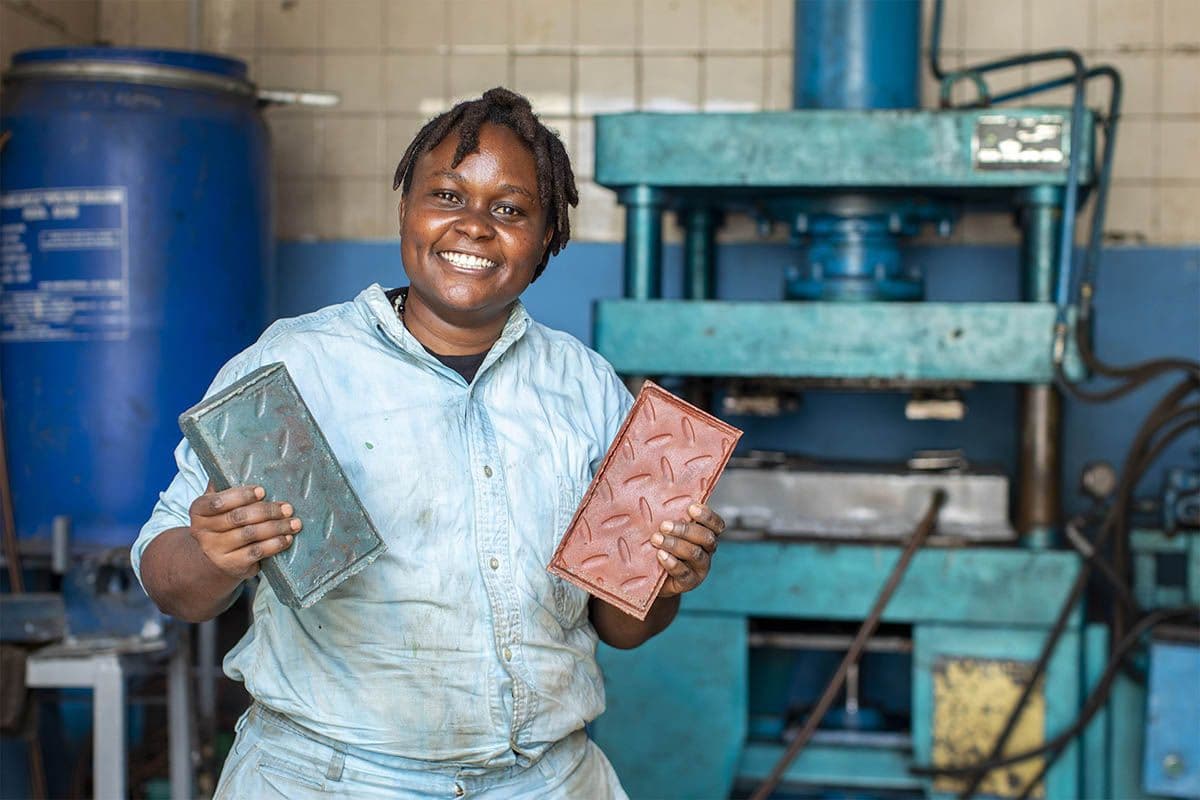
23. Charlotte McCurdy – Designer & Professor, Arizona State University (USA)
McCurdy creates carbon-negative fashion using biopolymers derived from algae. Her translucent raincoat, made without fossil fuels, is both a technical feat and a statement of climate optimism. By embedding atmospheric carbon into garments, she proposes a radically different narrative for consumption.
Key Area of Work: Algae bioplastics, carbon-negative design
Signature Output or Role: “After Ancient Sunlight” algae-based raincoat
What Tocco loves: She bottles atmospheres—capturing CO₂ in garments and turning the climate crisis into couture.
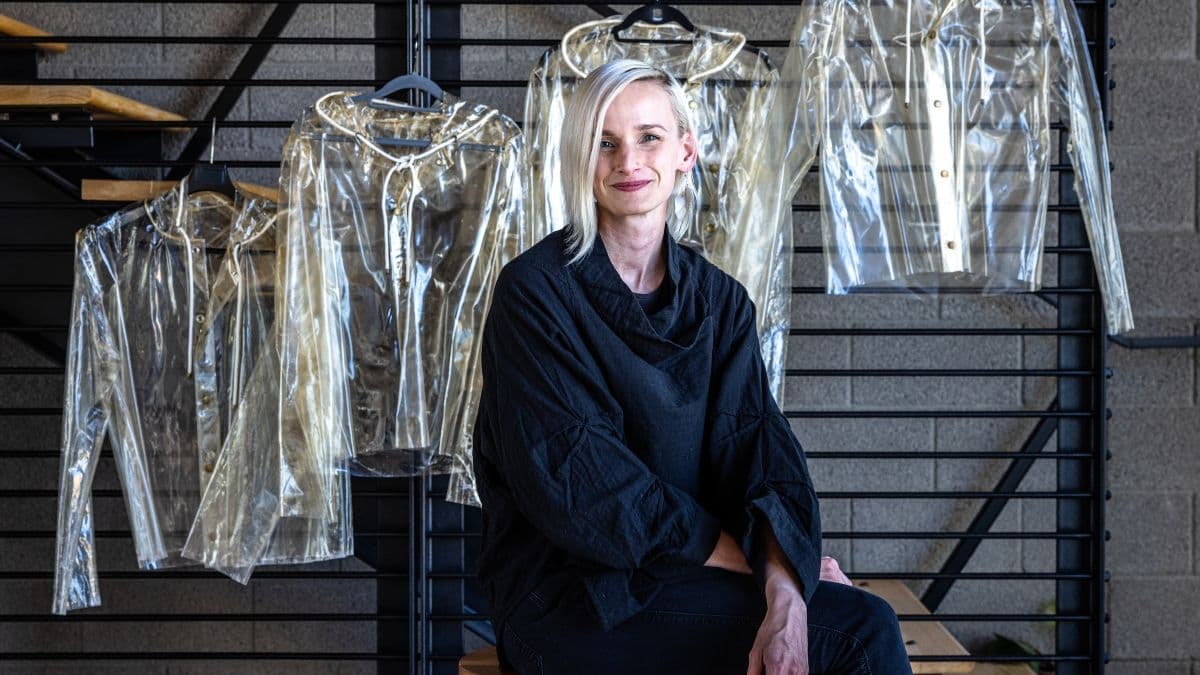
24. Shneel Malik – Bio-Designer & Architect, InnoLab UCL (India/UK)
Malik designed Indus, a water-purifying wall made of terracotta tiles and algae gel. As dye-laden wastewater flows through the channels, microalgae absorb heavy metals and toxins—cleaning the water naturally. It’s an elegant blend of ancient clay craft and bio-remediation science.
Key Area of Work: Bioremediation architecture, algae systems
Signature Output or Role: Indus modular tile system for water purification
What Tocco loves: She paints with living ink—etching algae into clay to sip poison from water, one slow, green ripple at a time.
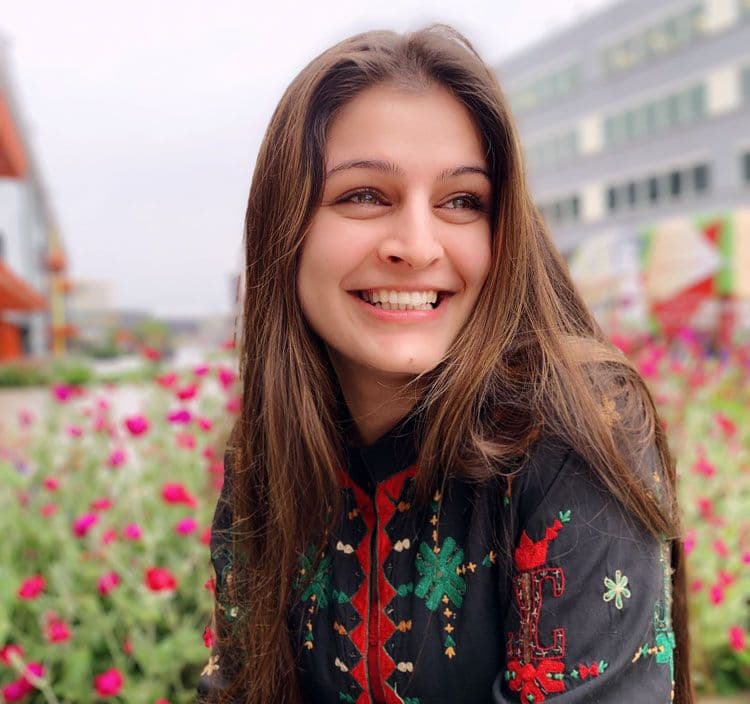
25. Nkwo Onwuka – Founder & Creative Director, NKWO (Nigeria)
Onwuka champions textile upcycling rooted in African identity. Her signature fabric, Dakala Cloth, is made by stripping and reweaving textile waste—like jeans and T-shirts—into new handwoven garments. By combining indigenous techniques with circularity, she’s creating a new blueprint for Afrikan sustainable luxury.
Key Area of Work: Textile upcycling, heritage-based fashion
Signature Output or Role: Dakala Cloth and zero-waste fashion collections
What Tocco loves: She rewrites fashion’s script—spinning the cast-offs of fast fashion into garments stitched with Nigerian soul.
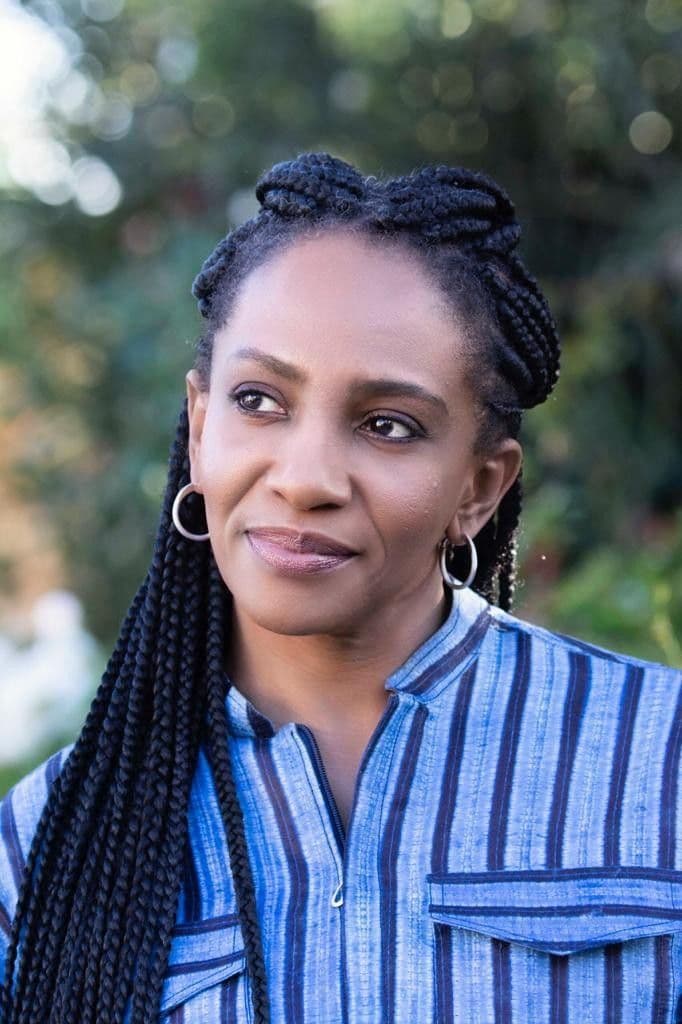
26. Neri Oxman – Founder, OXMAN (Israel/USA)
Oxman is a visionary architect and inventor known for her concept of “Material Ecology,” where objects are grown—not built—through collaboration between biology and computation. From silk pavilions spun by silkworms to biodegradable composites shaped like bone, her work blurs the boundaries between science, nature, and design.
Key Area of Work: Bio-digital fabrication, computational design
Signature Output or Role: Silk Pavilion, Aguahoja, and MIT Media Lab legacy
What Tocco loves: She choreographs nature and machines—letting silkworms, cells, and software co-create the materials of tomorrow.

27. Amanda Parkes – Chief Innovation Officer, PANGAIA / Founder, Mothership Materials (USA)
Parkes bridges lab science and fashion with flair. At PANGAIA, she helped launch textiles made from seaweed, wildflowers, and food waste—bringing biotechnologies to global wardrobes. Her latest venture, Mothership Materials, is a studio scaling future-facing materials for the creative industries.
Key Area of Work: Biotech fashion, sustainable innovation strategy
Signature Output or Role: FLWRDWN®, Grape Leather, and Mothership Materials launch
What Tocco loves: She drapes science in style—turning biotech into branding and wild plants into wearables.
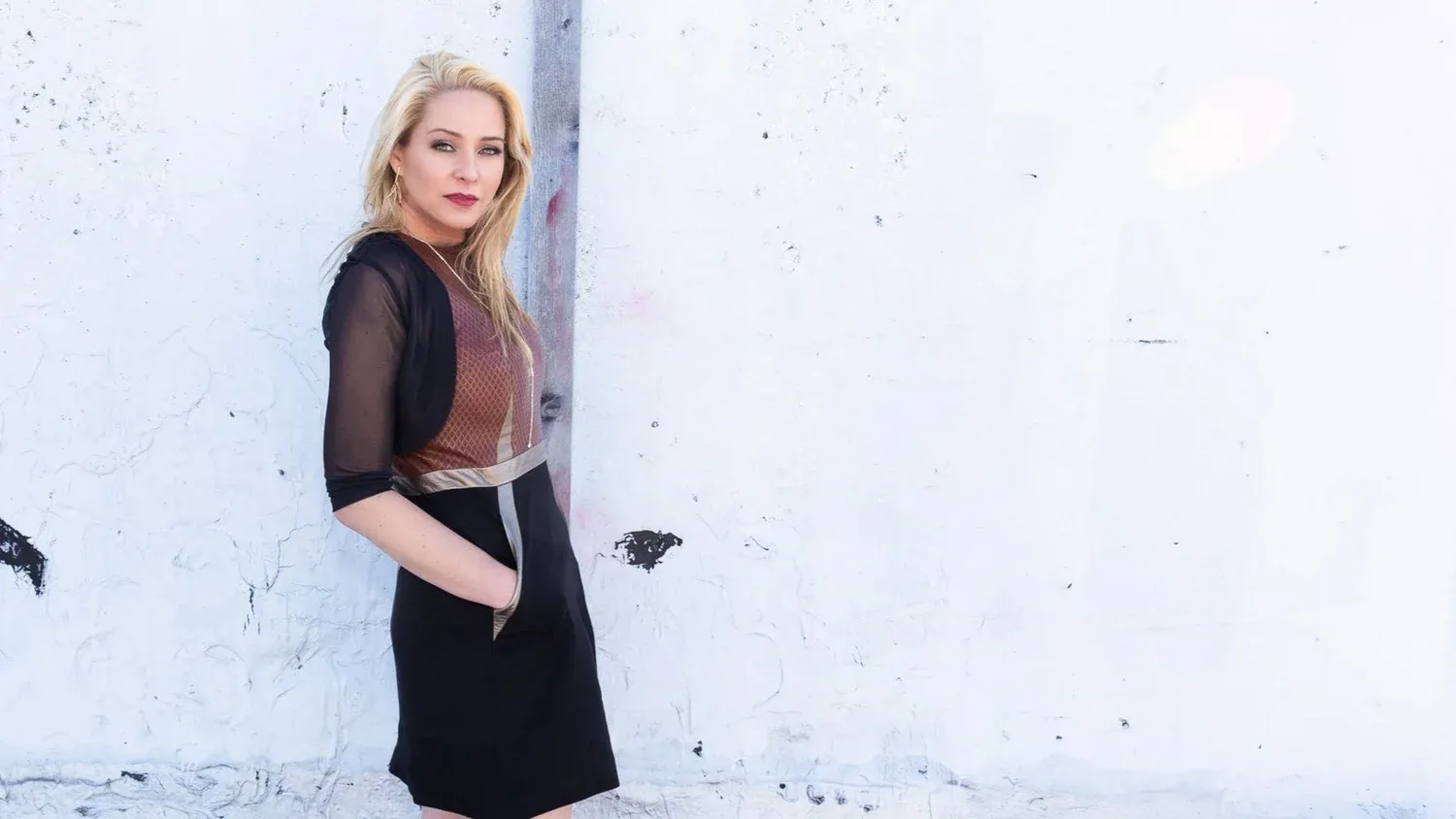
28. Sandra Pascoe Ortiz – Research Professor, Universidad del Valle de Atemajac (Mexico)
Pascoe Ortiz developed a translucent bioplastic made from prickly pear cactus—one of Mexico’s most iconic and renewable plants. Her material is compostable, non-toxic, and offers a low-impact alternative to fossil-derived plastic packaging. A blend of chemistry and cultural knowledge, her work proposes a future where desert plants replace petroleum.
Key Area of Work: Bio-based packaging, regional plant polymers
Signature Output or Role: Nopal cactus bioplastic prototypes
What Tocco loves: She blends desert wisdom and chemistry—harvesting cactus juice to make plastic that nourishes the soil, not pollutes it.
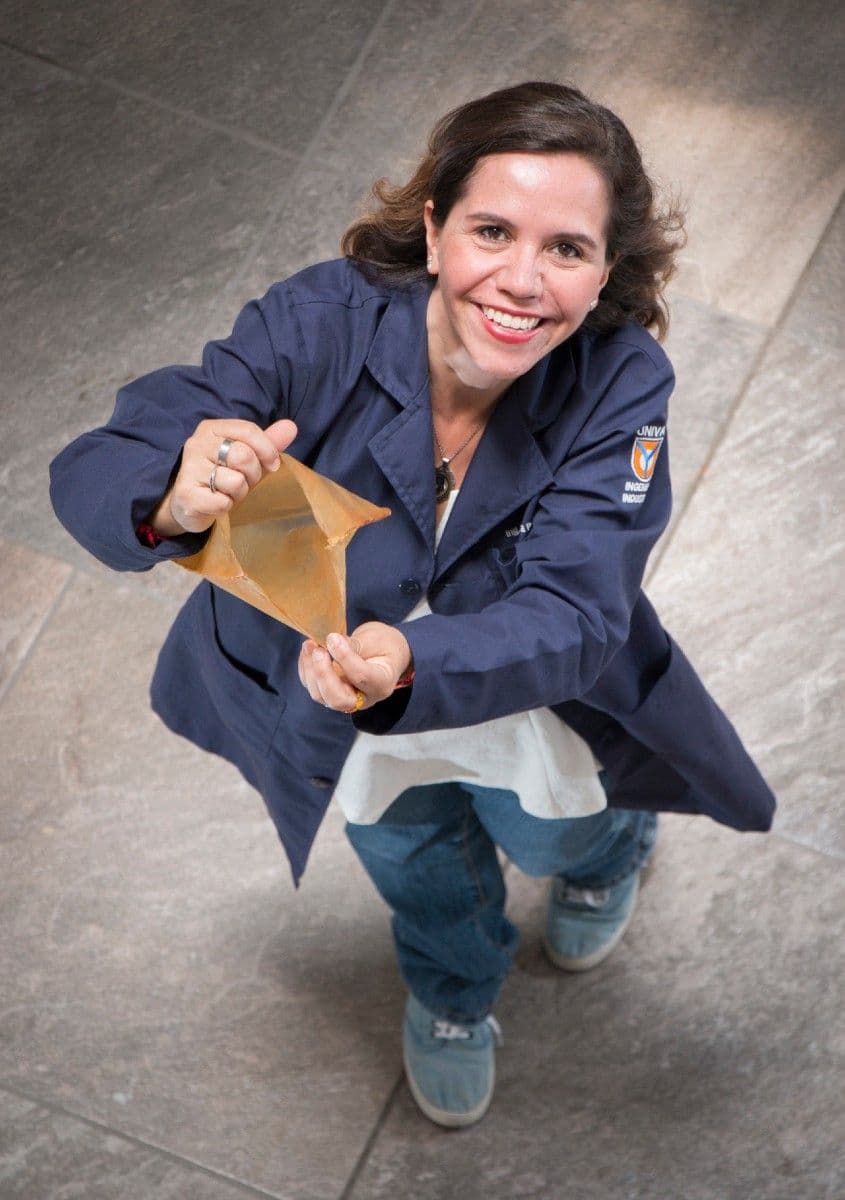
29. Renuka Ramanujam – Co-founder & CEO, HUID (UK/India)
Ramanujam transforms food waste into function. At HUID, she leads the development of a compostable packaging film made from onion skins—an agricultural by-product rich in natural antimicrobials. Designed to replace single-use plastics, her material biodegrades safely and aims to extend food shelf life—closing the loop between farm and packaging.
Key Area of Work: Food-waste biomaterials, circular packaging
Signature Output or Role: HUID onion-skin biopolymer for food-safe packaging
What Tocco loves: She takes tear-jerking leftovers—onion skins usually tossed aside—and spins them into grocery bags that go from farm to table to soil.
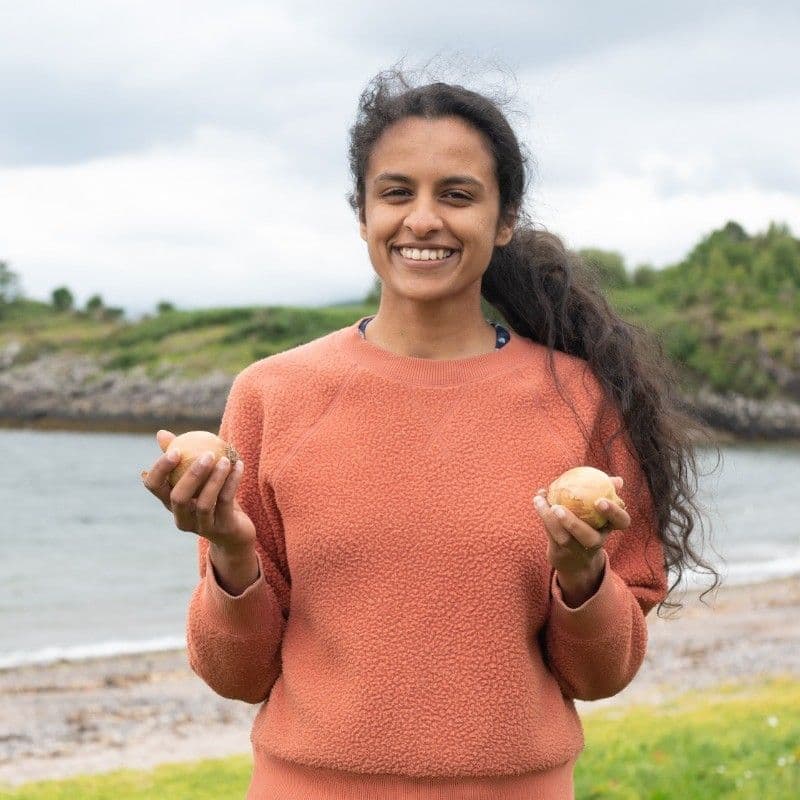
30. Veena Sahajwalla – Professor & Director, UNSW SMaRT Centre (Australia)
Sahajwalla is revolutionising recycling through urban mining. At the SMaRT Centre, she’s developed modular microfactories that convert e-waste into precious metals, tyres into steel-making inputs, and glass into decorative tiles. Her innovations—like Green Steel™—are reshaping industry from the inside out, using waste as the raw material for a circular economy.
Key Area of Work: Waste-to-resource innovation, green manufacturing
Signature Output or Role: Green Steel™ and modular microfactories for e-waste
What Tocco loves: She runs alchemy on trash—plucking steel from old tyres and gold from broken phones, one microfactory at a time.

31. Abeer Seikaly – Architect & Designer (Jordan/Canada)
Seikaly reimagines what it means to shelter. Her acclaimed “Weaving a Home” project uses flexible plastic tubing to form tent-like structures inspired by Bedouin weaving—designed to collect rainwater, adapt to climate, and honour the dignity of displaced communities. Though still in prototype form, her work challenges how architecture can respond to crisis with both beauty and care.
Key Area of Work: Structural textiles, humanitarian design
Signature Output or Role: Weaving a Home shelter system
What Tocco loves: She braids past and future—fusing nomadic wisdom with adaptive architecture that shelters both body and dignity.
32. Seetal Solanki – Founder, Ma-tt-er (UK)
Solanki is a materials strategist redefining how we relate to matter. Through Ma-tt-er, her research studio and consultancy, she bridges science, design, and cultural heritage—highlighting overlooked materials and traditional practices from around the world.
Key Area of Work: Material literacy, circular systems consultancy
Signature Output or Role: Why Materials Matter (book) and global workshops
What Tocco loves: She’s a material storyteller—fluent in the language of algae, ash, wool, and wood.
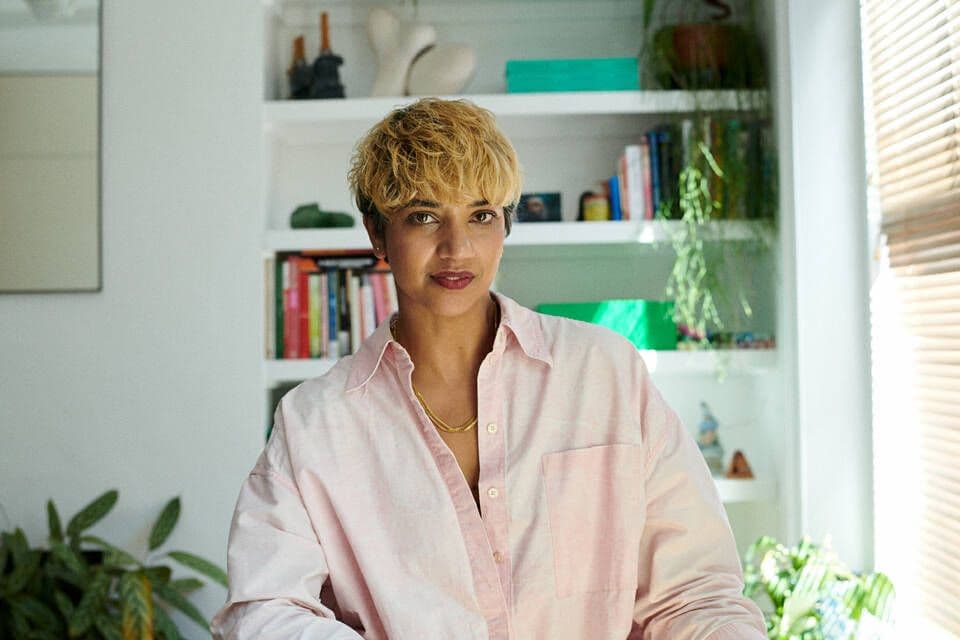
33. Sophia Wang – Co-founder & Chief of Culture, MycoWorks (USA)
Wang helped bring fine mycelium to the luxury world. As co-founder of MycoWorks, she’s guiding the cultural narrative around Reishi™—a leather alternative grown from fungi. By bridging biotech and craft, she’s reshaping what high-end materiality looks and feels like.
Key Area of Work: Mycelium textiles, regenerative material culture
Signature Output or Role: Reishi™ fungal leather used by Hermès
What Tocco loves: She cultivates culture from fungus—growing not just materials, but new definitions of elegance and care.

34. Julia Watson – Designer & Author (USA/Australia)
Watson champions indigenous materials and nature-based design through her framework of “Lo—TEK”—technologies that are low-cost, traditional, and ecologically intelligent. Her work celebrates everything from floating farms to living root bridges as blueprints for future infrastructure.
Key Area of Work: Indigenous technologies, ecological design
Signature Output or Role: Lo—TEK: Design by Radical Indigenism (book and exhibition)
What Tocco loves: She listens to ancestral materials—proving the smartest innovations may be centuries old and made of roots, mud, and reverence.

35. Miranda Wang – Co-founder & CEO, Novoloop (Canada)
Wang is a cleantech entrepreneur transforming polyethylene waste—like bubble wrap and shopping bags—into high-performance thermoplastics. At Novoloop, her team developed Oistre™, a recycled TPU used in footwear, electronics, and sporting goods, proving that even the most stubborn plastics can be reborn.
Key Area of Work: Plastic upcycling, advanced polymer innovation
Signature Output or Role: Oistre™ recycled TPU and Novoloop upcycling platform
What Tocco loves: She’s a plastic hacker—cracking the code of trash polymers and upgrading them into premium performance materials.
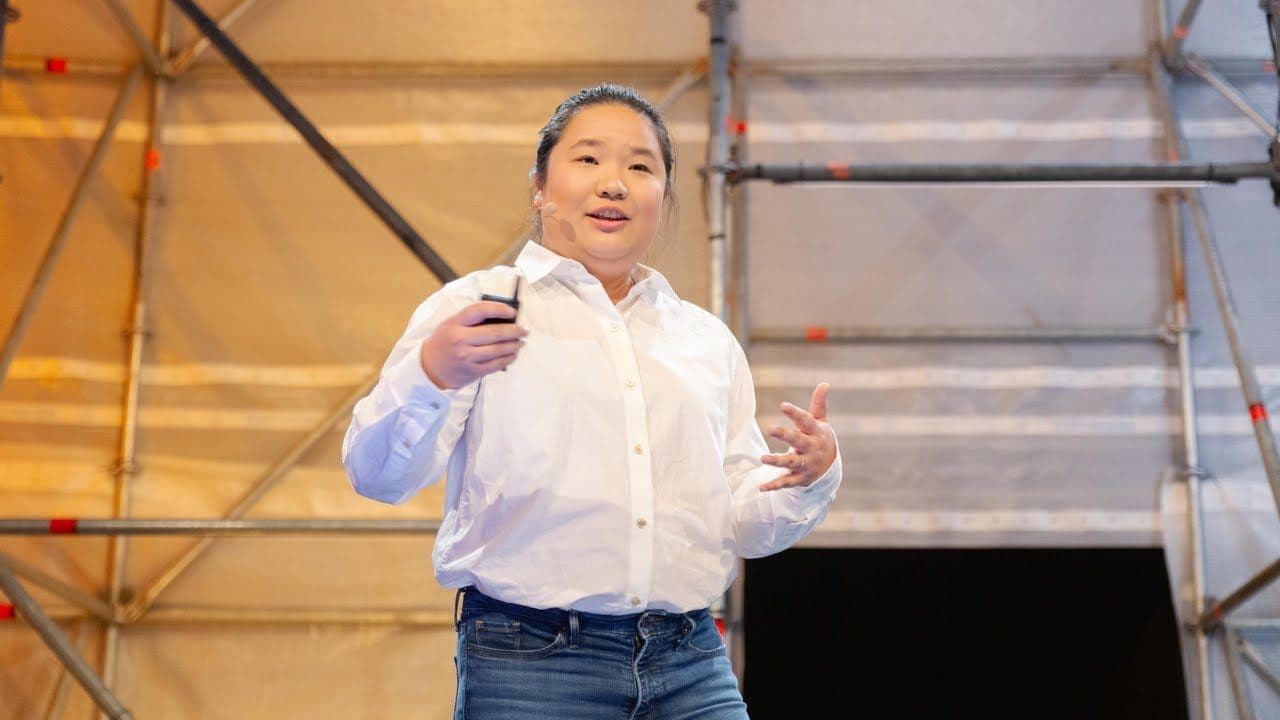
Each of these women brings a unique material philosophy to the table – whether it’s growing materials from life, mining waste for value, or reviving ancient practices. They remind us that innovation isn’t always inventing from scratch; it’s often about seeing possibilities where others see problems – be it algae in a petri dish, cactus on a farm, or refuse in a dumpsite. What Tocco loves about them is not just the ingenious materials they craft, but the movements they create: movements for a circular economy, for community empowerment, for reconciling technology with ecology. Individually, they’re inventors, founders, professors, architects, designers. Collectively, they are architects of a future where our material world – the very stuff of our lives – is more symbiotic with nature and society. Each woman on this list is actively shaping that future today, hands-on, and inspiring others to join in materializing a better tomorrow.
---
Join the League.
What’s driving material decisions behind the scenes? Beyond the showrooms and strategy decks, Tocco believes the future is being shaped by those who touch the materials themselves—and those who dare to rethink them.
That’s why we created UNBOX: the world’s first portable material library for these pioneers. It’s our tactile research tool disguised as a product—a curated selection of next-gen materials from the world’s most promising innovators, packed into a portable format for designers, educators, and creators.
Check out UNBOX project here.








